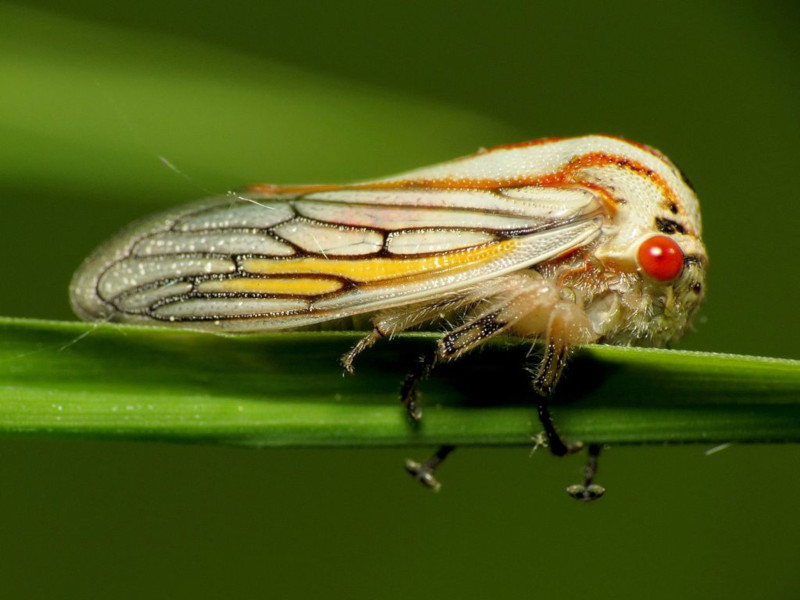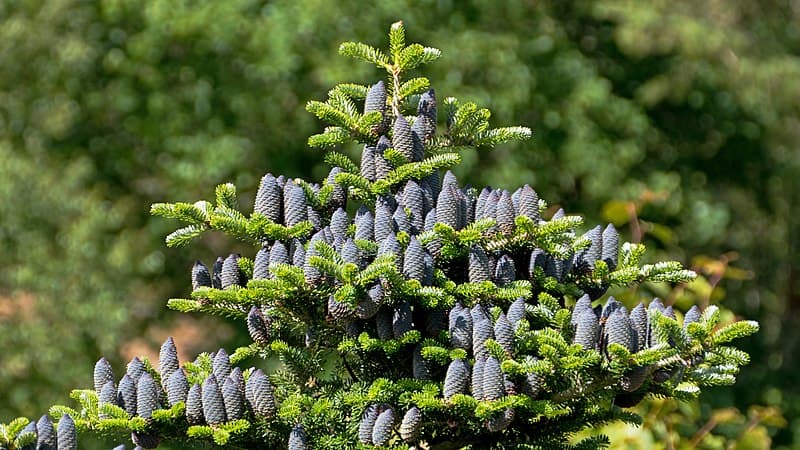
Evening Cicada Facts
- This tantalizing creation of Nature and evolution is best known by the somewhat informative common name of the Evening Cicada. The impressive creature does have at least one other general title, though. That’s the shorter term of higurashi.
- Among scientific professionals, however, it’s perhaps better known by its technical designation. Unlike many such terms, though, this one is relatively easy for the layperson to pronounce. That’s because it holds the formal epithet of Tanna japonensis.
- The marvelous Arthropod received that appellation due to the efforts of William Lucas Distant. The respected English entomologist accomplished the first recognition of it as a separate and distinct species. He managed that noteworthy feat in 1892.
- Fortunately, the amazing Evening Cicada appears to be maintaining a population base that’s both stable and sufficient. This pleasant state further seems to hold true throughout its entire range. The IUCN thus does not currently have it on its Red List.
- Despite this, it nevertheless faces multiple threats to its continued existence as a species. These comprise the same threats most creatures are now dealing with. Most of these stem from the actions of mankind. They include habitat loss and climate change.
Related Articles




Evening Cicada Physical Description
The remarkable Evening Cicada, like its relatives around the world, draws much attention for its physical attributes. This includes both its appearance and size. In each of these respects, though, it displays the same basic patterns as the others of its kind worldwide.
Regarding sheer physical dimensions, it follows the same pattern as its many kindred. That’s true because it displays a certain amount of the physiological characteristic of sexual dimorphism. In its specific case, this trait manifests with males being larger than females.
The much smaller females attain an average body length equaling approximately 0.8 – 1.0 in (2.1 – 2.5 cm). Although exceptional specimens occur, these few rarely exceed this by much. In this gender, the overall shape of the abdomen appears relatively thin and elongated.
Males, meanwhile, achieve mean lengths ranging from 1.1 – 1.5 in (2.8 – 3.8 cm). Just like their female counterparts, some grow larger, but rarely significantly. This sex also has a much thicker abdomen, along with having a more developed intra-abdominal cavity.
Otherwise, the two genders of the Evening Cicada present the same general outward appearance to the observer. The coloring of the body primarily consists of a background of shades of reddish-brown. But other shades also develop, augmenting this natural beauty.
Regions composed of a green shade develop around the eyes of the small creature. The same hue additionally presents itself on the back and in the center of the thorax. Even the thin wings of the animal typically display a translucent shade of extremely light green.
- Kingdom: Animalia
- Phylum: Arthropoda
- Class: Insecta
- Order: Hemiptera
- Family: Cicadidae
- Genus: Tanna
- Species: T. japonensis

Evening Cicada Distribution, Habitat, and Ecology
The dazzling Evening Cicada evolved as native to a moderately broad expanse of the surface of the earth. This biological wonder developed as endemic to parts of what now forms Asia. There, though, it only lives natively in the eastern portions of this region of the globe.
While the intrepid insect appears in most sections of that zone of habitation, it’s more prevalent in certain areas. The greatest concentration of its numbers occurs within the boundaries of the island country of Japan. It’s unknown if it ever lived beyond East Asia.
Within its habitat range, however, the invertebrate displays an impressive flexibility regarding its choice of habitat. It therefore appears in a wide range of local ecosystems. The marvel lives in areas of both temperate and subtropical environmental conditions.
It also dwells at widely varying heights ranging from low-lying plains to mountainous regions. It does show a preference for forested areas, however, when possible. The creature’s also frequently observed inhabiting sections of hardwood, cedar, and cypress trees.
Unlike its cousins in North America, the Evening Cicada isn’t a periodical species. Its lifespan thus remains shorter, ranging from 2 – 5 years, depending on rates of maturation. During this time, the adults feed on the sweet sap of various types of locally available plants.
The insect remains best known for its strident call, again following the pattern of its relatives. In this species, the peak time for hearing this occurs in Autumn. Only males generate the call, though. They usually do so before sunrise, or at twilight and sunset.
Species Sharing Its Range


Korean Fir

Check out our other articles on 5 Captivating Caribbean Sea Species, Eastern Gray Squirrel, Lake Atitlan, Coral Honeysuckle, Spiny Butterfly Ray, Great Potoo, Alligator Snapping Turtle









Leave a Reply